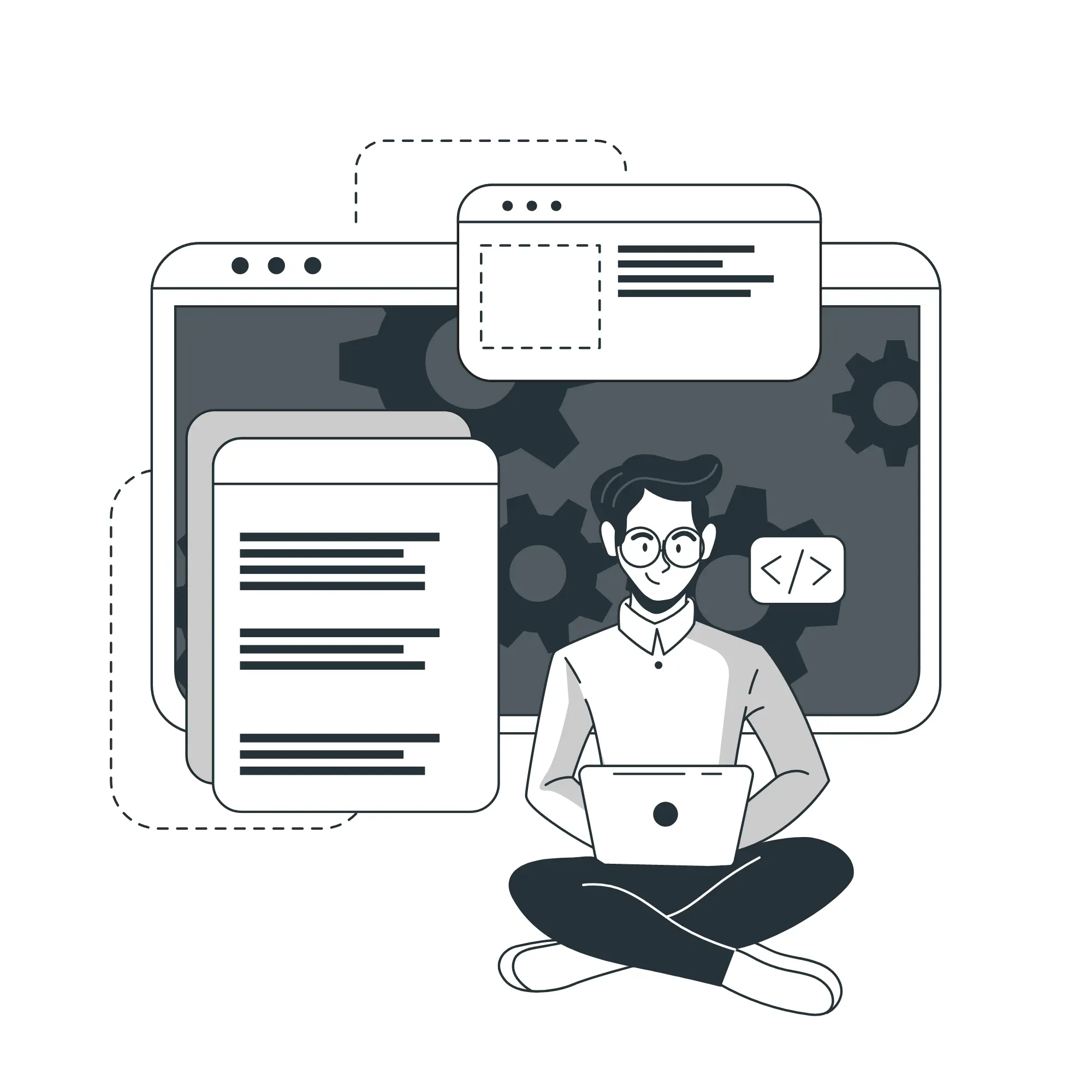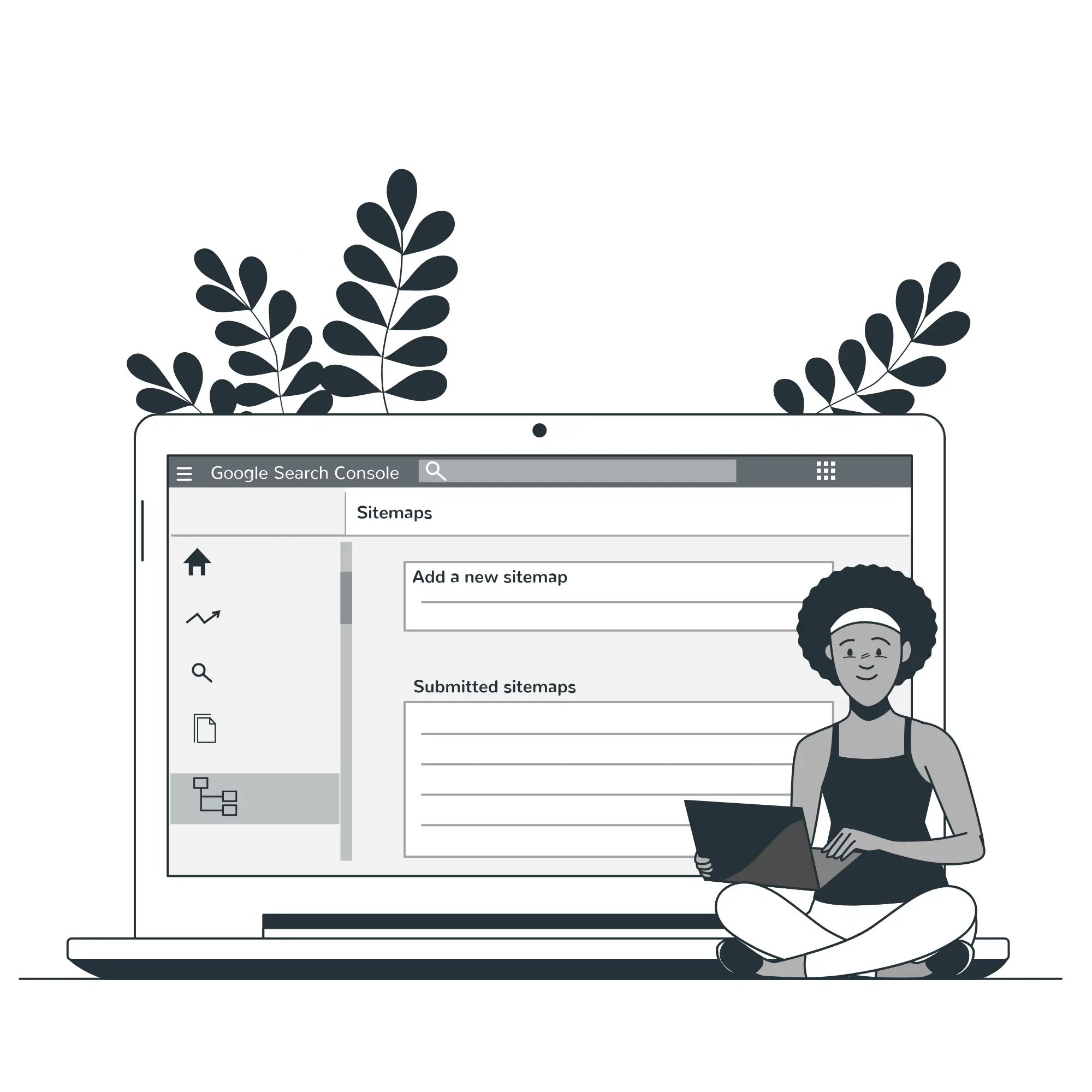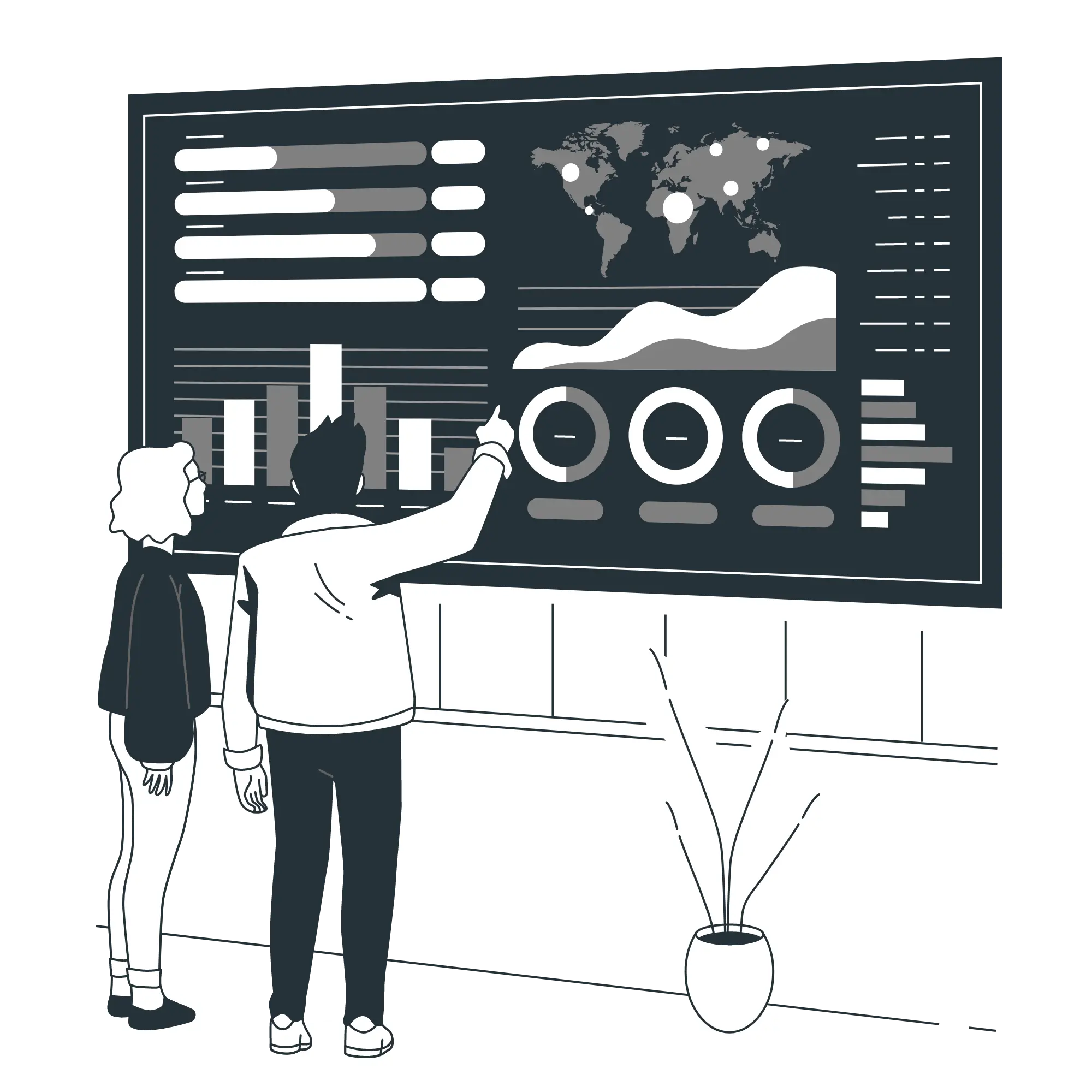Custom web design in 2025 goes well beyond unique design. Through my work with clients across industries, I’ve found it’s about creating deeply personalized, scalable architecture, and responsive experiences that reflect a business’s identity while serving diverse user needs. My custom web design examples demonstrate how the site looks when finished.
The importance of responsive design cannot be overstated. According to recent data, nearly 90% of websites now employ responsive layouts and over 62% of top-ranking sites are optimized for mobile devices3. But in my practice, I’ve found responsiveness is just the beginning. The most successful sites I’ve built incorporate adaptive methodologies and user-centric functionality that drive measurable improvements in engagement and conversion.
My approach to custom design also means integrating SEO from the foundation up. Google increasingly emphasizes user experience signals like page speed, mobile usability, and structured content. In turn, I ensure features like unique user interfaces and responsive design are baked into every custom project. With the web design services market in the U.S. valued at $40.8 billion and expected to surge1, I’m not surprised by the growing investment in professional, tailored web development.









